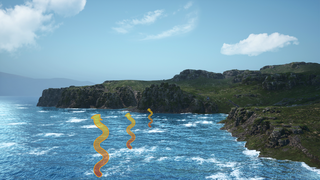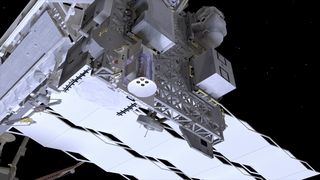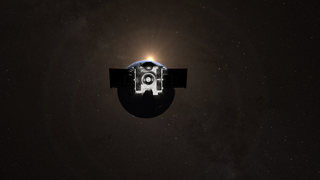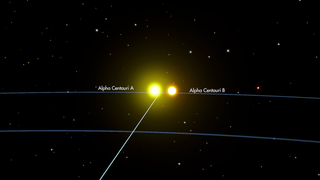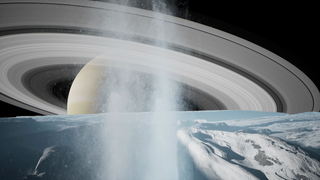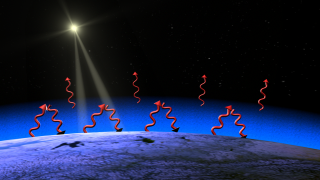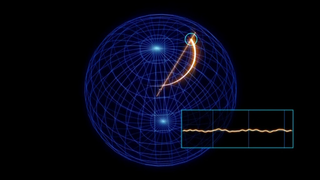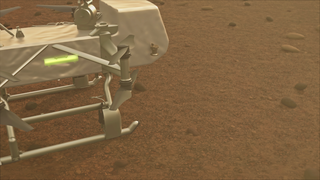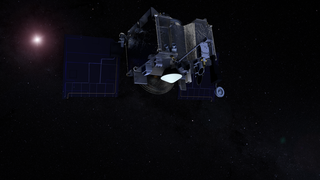Earth
ID: 20030
Abnormal sea surface temperatures (SST) in the Pacific and the Atlantic Ocean played a strong role in the 1930s dust bowl drought.
Scientists used SST data acquired from old ship records to create starting conditions for the computer models. They let the model run on its own, driven only by the observed monthly global sea surface temperatures. The model was able to reconstruct the Dust Bowl drought quite closely, providing strong evidence that the Great Plains dry spell originated with abnormal sea surface temperatures.
This sequence shows the warmer than normal SST (red-orange) in that the Atlantic Ocean and colder than normal SST (blues) in the Pacific Ocean, followed by a low level jet stream that shifted and weakened reducing the normal supply of moisture to the Great Plains.
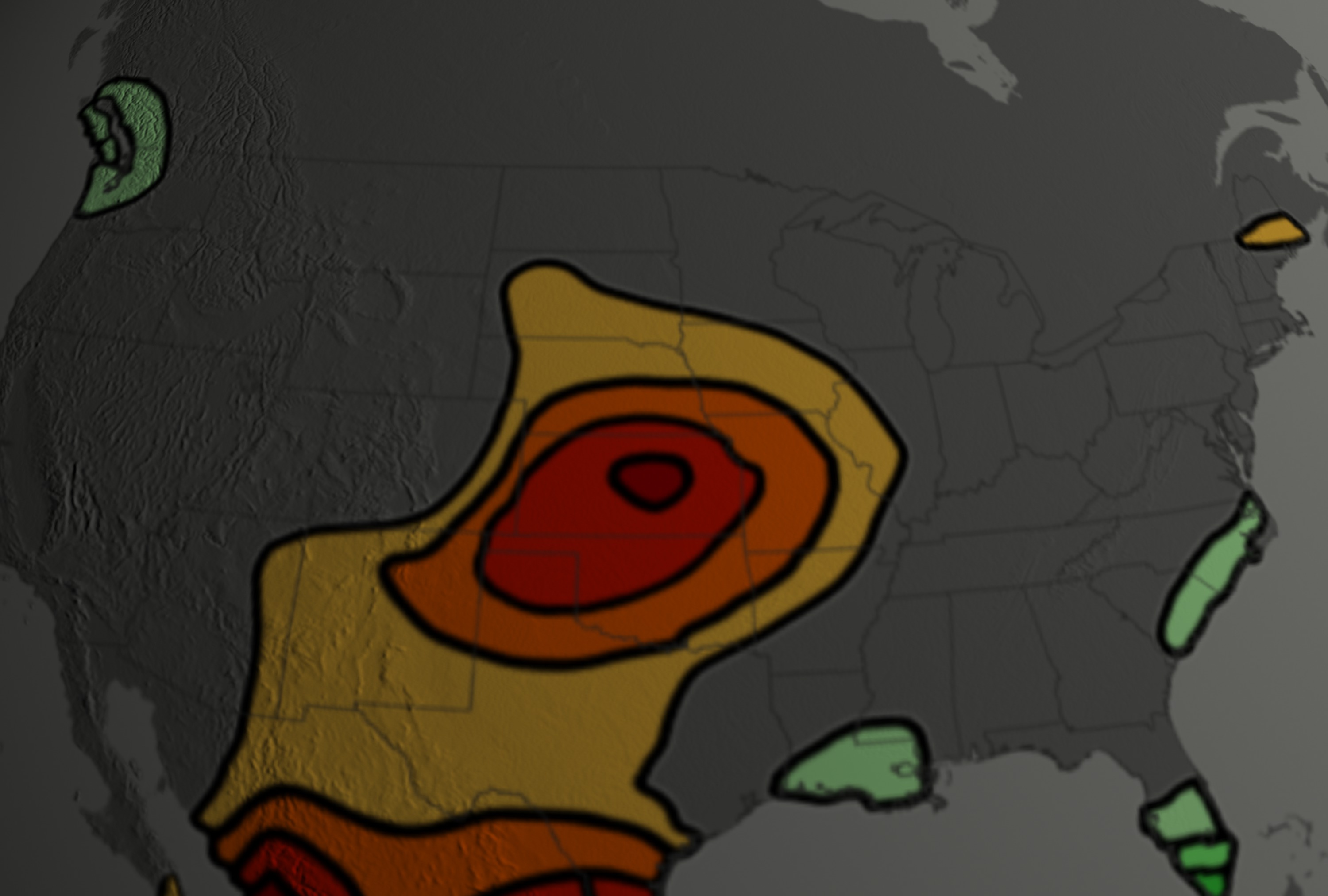
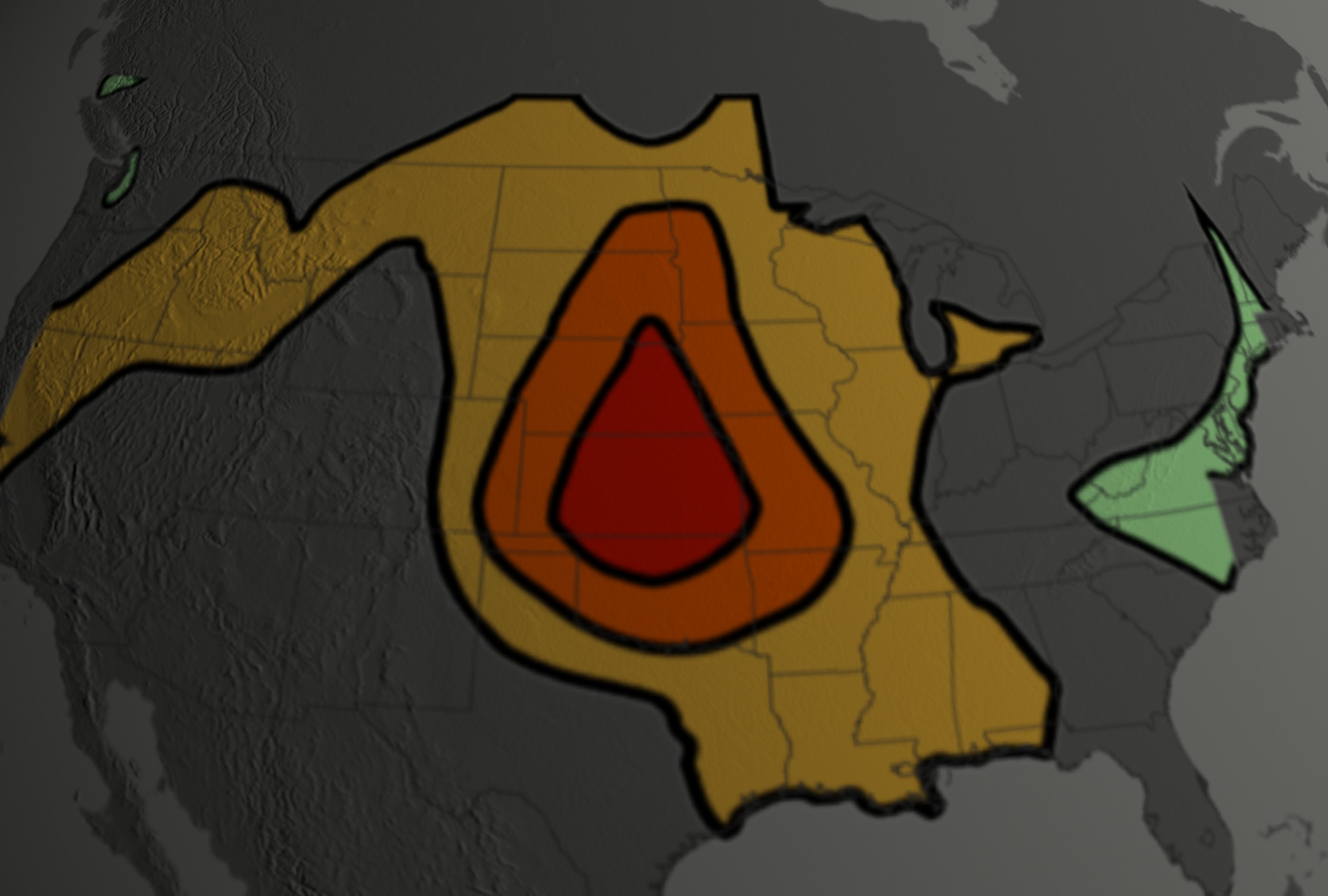
NASA Explains 'Dust Bowl' Drought
Scientists used SST data acquired from old ship records to create starting conditions for the computer models. They let the model run on its own, driven only by the observed monthly global sea surface temperatures. The model was able to reconstruct the Dust Bowl drought quite closely, providing strong evidence that the Great Plains dry spell originated with abnormal sea surface temperatures.
This sequence shows the warmer than normal SST (red-orange) in that the Atlantic Ocean and colder than normal SST (blues) in the Pacific Ocean, followed by a low level jet stream that shifted and weakened reducing the normal supply of moisture to the Great Plains.


Animation Credits
Susan Twardy (HTSI): Lead Animator
Greg Shirah (NASA/GSFC): Animator
Marte Newcombe (GST): Animator
Siegfried D. Schubert (NASA/GSFC): Scientist
Rani Chohan (NASA/GSFC): Writer
Greg Shirah (NASA/GSFC): Animator
Marte Newcombe (GST): Animator
Siegfried D. Schubert (NASA/GSFC): Scientist
Rani Chohan (NASA/GSFC): Writer
Please give credit for this item to:
NASA/Goddard Space Flight Center Conceptual Image Lab, Scientific Visualization Studio
NASA/Goddard Space Flight Center Conceptual Image Lab, Scientific Visualization Studio
Short URL to share this page:
https://svs.gsfc.nasa.gov/20030
Goddard TV Tape:
G2004-020
Keywords:
SVS >> Byrne
SVS >> Drought
SVS >> Gonnelli
GCMD >> Earth Science
GCMD >> Earth Science >> Oceans >> Ocean Temperature >> Sea Surface Temperature
NASA Science >> Earth
GCMD keywords can be found on the Internet with the following citation: Olsen, L.M., G. Major, K. Shein, J. Scialdone, S. Ritz, T. Stevens, M. Morahan, A. Aleman, R. Vogel, S. Leicester, H. Weir, M. Meaux, S. Grebas, C.Solomon, M. Holland, T. Northcutt, R. A. Restrepo, R. Bilodeau, 2013. NASA/Global Change Master Directory (GCMD) Earth Science Keywords. Version 8.0.0.0.0
https://svs.gsfc.nasa.gov/20030
Goddard TV Tape:
G2004-020
Keywords:
SVS >> Byrne
SVS >> Drought
SVS >> Gonnelli
GCMD >> Earth Science
GCMD >> Earth Science >> Oceans >> Ocean Temperature >> Sea Surface Temperature
NASA Science >> Earth
GCMD keywords can be found on the Internet with the following citation: Olsen, L.M., G. Major, K. Shein, J. Scialdone, S. Ritz, T. Stevens, M. Morahan, A. Aleman, R. Vogel, S. Leicester, H. Weir, M. Meaux, S. Grebas, C.Solomon, M. Holland, T. Northcutt, R. A. Restrepo, R. Bilodeau, 2013. NASA/Global Change Master Directory (GCMD) Earth Science Keywords. Version 8.0.0.0.0
